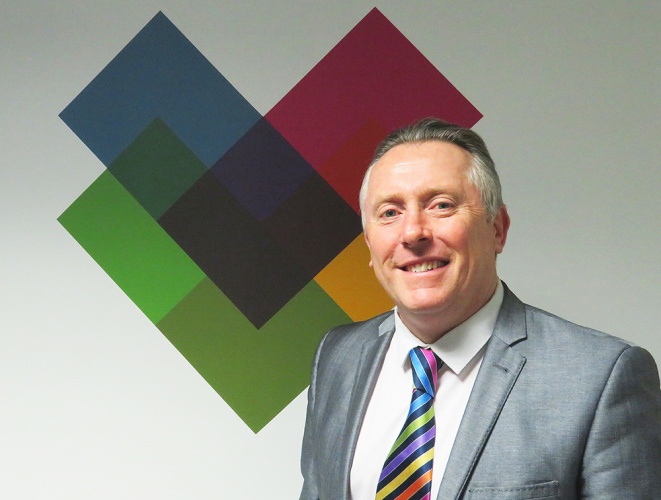
Successive interest rate rises over the last three years have pushed 320,000 remortgagers and new mortgage holders into poverty, according to data from the Institute for Fiscal Studies.
The thinktank’s report adds that official data “does not measure mortgage interest payments properly,” so, only captures around two-thirds of those affected — about 230,000 people.
The study tracks the effect of the Bank of England raising the base rate 14 times from 0.1% in December 2021 to a 16-year high of 5.25% last August, where it remains.
“Despite the pandemic and the cost-of-living crisis, the overall rate of absolute poverty was the same in 2022–23 as in 2019–20, at 18%, or 12 million people,” says the IFS report.
But it adds: “There was a significant increase in more direct measures of hardship.”
The proportion of working-age adults who reported being unable to keep their home warm enough rose from 4% to 11% — 1.8 million to 4.6 million people — between 2019–20 and 2022–23.
The share who reported being behind on bills rose from 5% to 6% — 2.1 million to 2.5 million people – over the same period.
The body’s report, which was funded by the Joseph Rowntree Foundation, adds that mortgage holders are not accurately reflected in government poverty statistics.
It says: “Official statistics do not measure households’ mortgage interest payments directly, instead modelling them based on average interest rates.
“This matters when there is a growing spread of interest rates as some households come off their fixed rate.”
The thinktank says in 2022–23, mismeasurement of mortgage interest payments resulted in the number in poverty being understated by 70,000; as more fixed-term mortgages end, that number is set to rise to 150,000, based on December 2023 interest rates.
It points out: “Adults remortgaging in 2022 were 2 percentage points more likely to fall into arrears on bills than those with mortgages who had not remortgaged.
“This suggests that, once all households have remortgaged, the number of adults behind on bills could rise by 370,000.”
IFS research economist Sam Ray-Chaudhuri says: “Poverty rises have also been understated due to the unequal impact of inflation.
“At a time when rates of deprivation and food insecurity have risen substantially, poverty statistics that hide the real scale of these increases risk policymakers missing what is truly happening to poverty.”
Joseph Rowntree Foundation chief analyst Peter Matejic adds: “One reason lower-income households went without essentials is because they faced a rate of inflation even higher than the headline numbers.
“High interest rates also saw many households forced into financial hardship after they remortgaged.”



